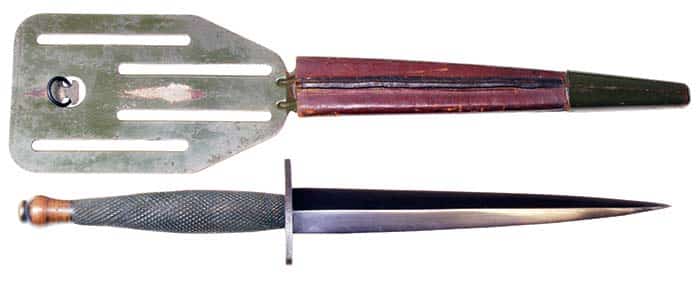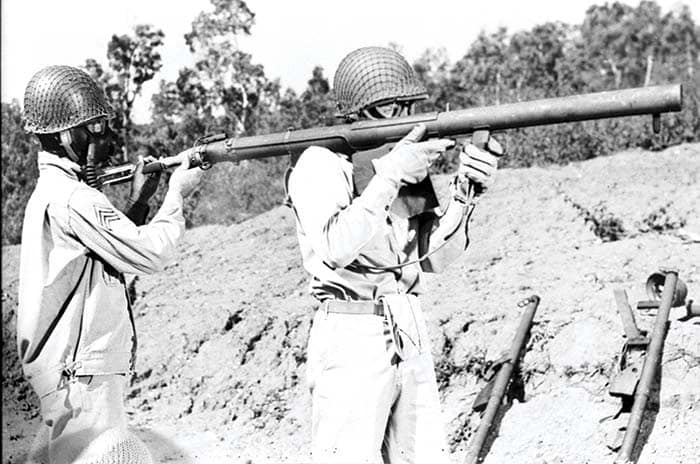The Smatchet was developed by Lt. Col. William Fairbairn for use by British Commandos of the SOE and SAS, and was later manufactured in the U.S. and adopted for use by the OSS. A massive close combat weapon with an 11 inch blade and 16 inches overall, it was heavy, balanced and combined the features of both the machete and bolo. The leaf-shaped blade is sharpened the entire length along the bottom and the front half along the top and allows it to be used for slashing, thrusting or chopping an opponent.
By Robert G. Segel
Except for Germany and Japan, the world was ill prepared for World War II. Military budgets had been cut, troop numbers reduced, tactics continued to be rooted in old ways, new technology ignored and research and development curtailed. Suddenly in September 1939, the world was stunned by the assault on Poland by Germany and Europe was once again being torn apart by a vicious war. Poland fell, France fell, Belgium fell, Italy joined Germany and Russia and England were faced with beating back the German advances. The U.S. provided material aid but tried to stay out of it.
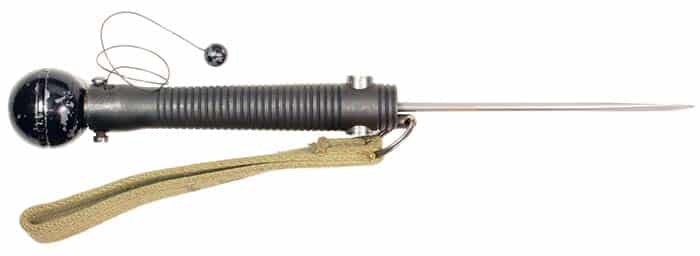
Japan was expanding her empire and invaded China in the 1930s. Then in December of 1941, Japan attacked the U.S. at Pearl Harbor and later the Philippines fell, the Dutch East Indies fell, other Pacific islands were occupied and Australia was in danger of being invaded.
Unlike World War I that was stagnant and rooted in trench warfare, the new world war was swift and mobile. Modern technology of the time of aircraft, land machines and more efficient weapons dictated new tactics. With this came a sudden surge in research and development in everything imaginable in an effort to counter every threat. Secrecy, stealth, spying and clandestine operations suddenly were very real and necessary. Along with the spying side, the high number of aircrews that were shot down and captured demanded a wide range of materials to enhance the capabilities of escape and evasion. Truly, necessity is the mother of invention.
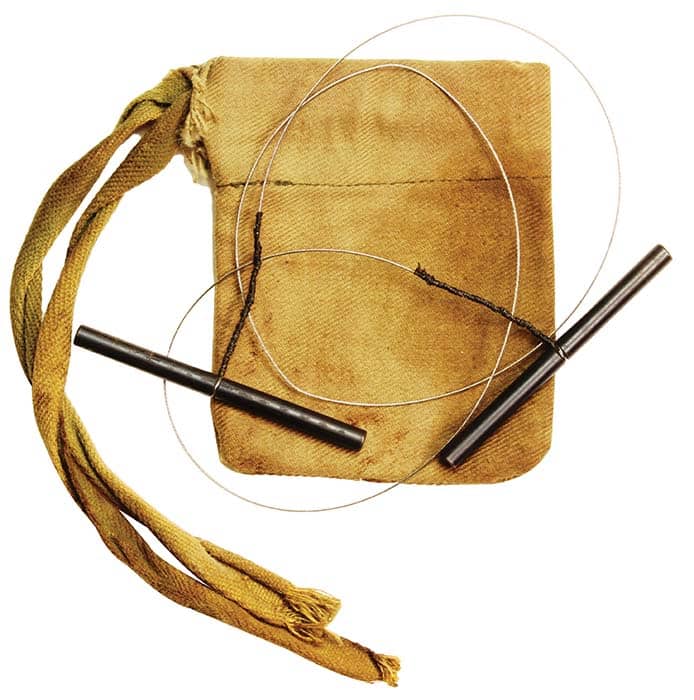
False information, secret meetings, coded messages, secrecy, lies, stealth, moles, double agents, dead drops, bribery, blackmail, assassination, couriers, saboteurs, concealment, interrogation, analysis, capture, interrogation, imprisonment, torture, false documents, tunnels, escape, evasion and execution – all are just some of the words associated with spying and clandestine operations or evading or escaping from captivity.
Novels, movies and television romanticize the game, but the reality is that the vast majority of such work, particularly in peacetime, is relatively safe and mundane information gathering and checking facts. Yet the stakes were high, lives at stake, and field agents and operatives, particularly in times of war, do indeed go in harm’s way with agents suffering the fate of immediate execution and escapees harsh punishment or execution at the hands of their captors.

World War II was the impetus for the development of specific services that focused on clandestine operations that also dovetailed into the art of escape and evasion for agents and downed pilots, aircrew and prisoners of war. In the U.S., the OSS (Office of Strategic Services, later after the war becoming the CIA – Central Intelligence Agency), the British SOE (Special Operations Executive), MI6 (Military Intelligence, Section 6 – Intelligence) and MI9 (Military Intelligence, Section 9 – Escape and Evasion) developed the many tools of the trade for all sorts of clandestine operations.
Inherent in these types of operations, operatives or soldiers must master many skills, among them close combat weapons that generally included knives, coshes and garrotes and specialty firearms. Some are designed as an offensive weapon to eliminate a guard or sentry in a swift and silent attack while others are a last ditch self-defense weapon to be used when no other means are available and life is immediately at risk.
Close combat is the ultimate battle – one on one and face to face. It calls upon the very fiber of self-preservation as there can be no mistakes. There is only one winner resulting in either the death of the opponent or the opportunity to disable or distract the opponent to enable escape from the situation.

Some weapons were specifically designed and adopted as issue equipment for field use such as the OSS Stiletto, Smatchet, Mark-1 Garrote and the suppressed High Standard pistol. But it was the British SOE, MI6 and MI9 that excelled in the art of deception, spying and escape and evasion during the war. Because so much was new, and untested, operatives had great leeway in obtaining commercially made items that they felt were necessary and were comfortable using. Surprisingly, the most common secondary knife used was the trusty Boy Scout knife. Yet there are a number of sleeve daggers, lapel daggers, stilettos, frisk knives, spike daggers, gravity knives, garrotes, blackjacks, the Welrod or Hi-Standard suppressed pistols, etc., that are attributed to various agencies as part of their close combat or escape and evasion arsenal of equipment. Some of them were, but the majority of special purpose blades were produced commercially, mostly in Great Britain, for private purchase and did not appear in official records or equipment lists. There is no evidence that these were ever used in actual operations let alone credited with an actual “kill.” While these specialized blades were designed for use by operatives, and were purchased by them, they appear to be more a souvenir than an actual field service item. That is not to say that they were not in fact taken into the field. As is often the case, an item designed for a perceived need is far from practical for the actual need. Nevertheless, such items offer an insight to the life and death world of clandestine operations.
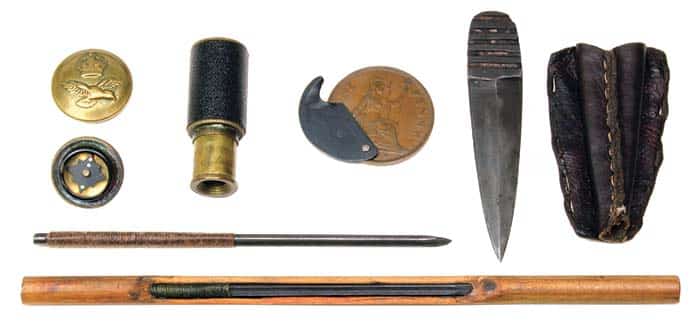
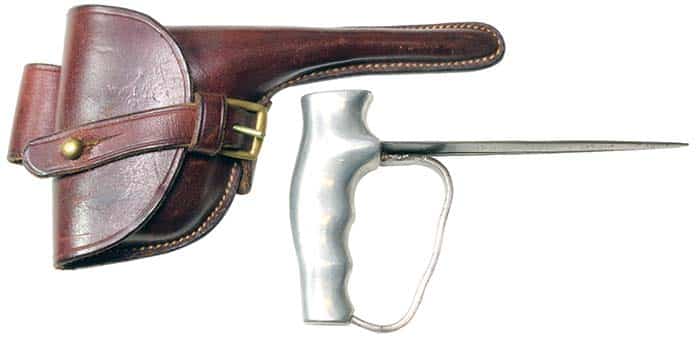
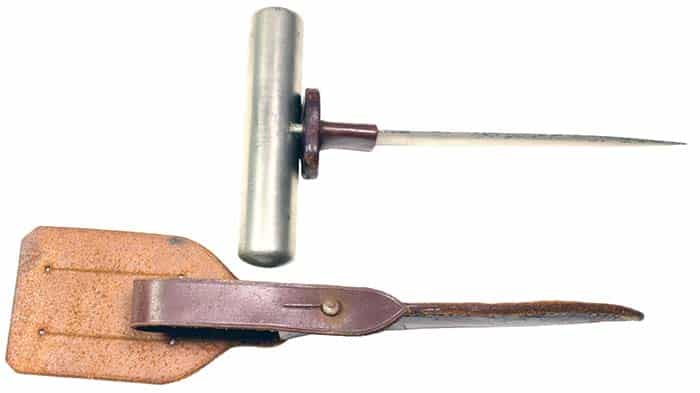

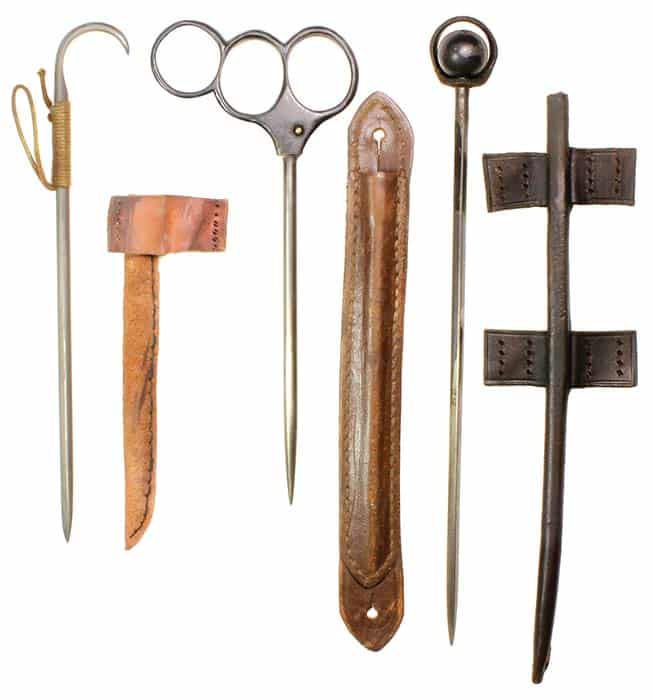
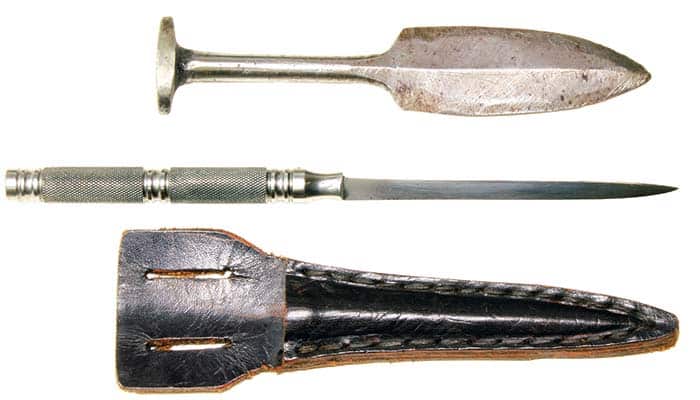
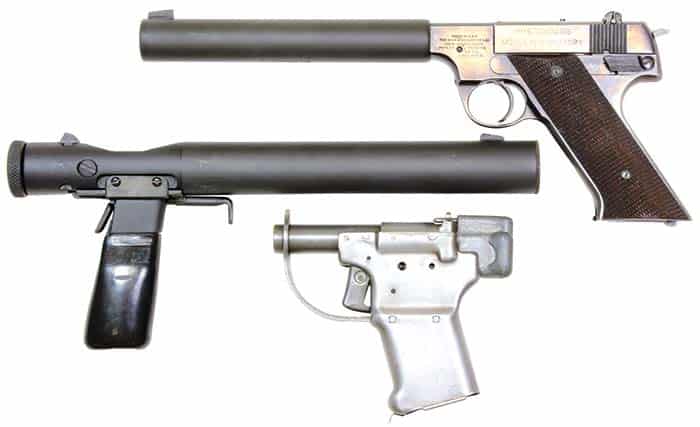
| This article first appeared in Small Arms Review V19N10 (December 2015) |





